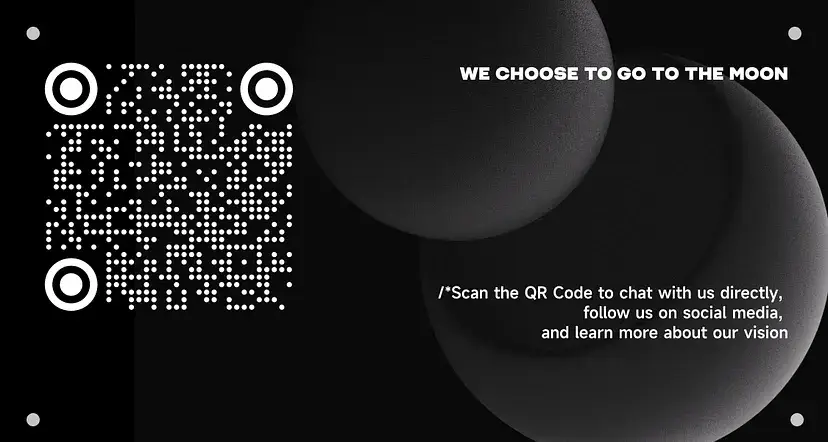Back
Moonshot Mafia #02 | EthSign: Connecting the Web3 World with Smart Protocols
Fireside Chats
By Moonshot Commons
Mar 23,202312 min read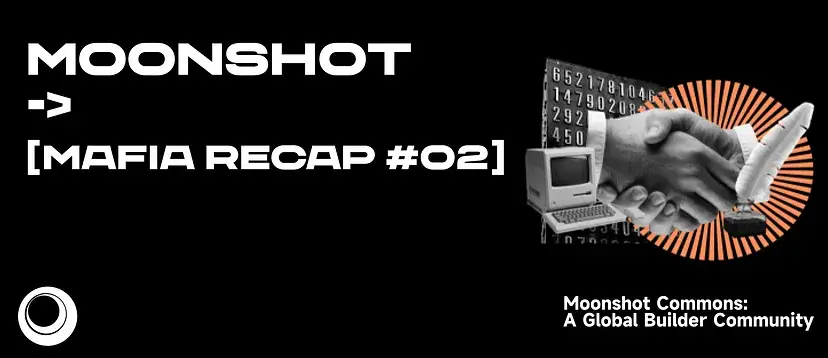
At Moonshot Commons’ Web3 Fireside Chat #2, we invited Potter, co-founder of EthSign, the first Web3-native contract signing and execution platform that recently closed a $12 million seed funding round with support from Sequoia Capital China, the US, and India.
Potter discussed his journey into the Web3 space, the development of the Blockchain Club at USC, and the founding of EthSign. He provides advice for Gen Z entrepreneurs and explains EthSign’s mission of creating a decentralized version of an e-signature platform. He also shared his insights on Web3 startup funding, including his experience of raising capital, finding ideal investors, and overcoming the stress caused by the age or experience gap when negotiating with large companies.
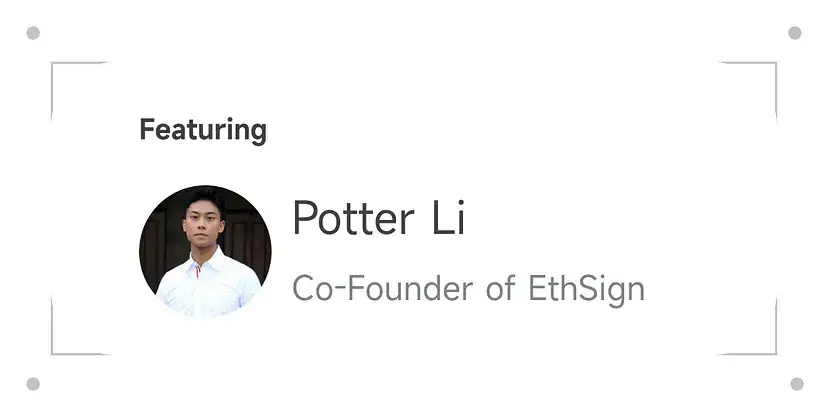
Key Takeaways:
1.Aspiring Web3 entrepreneurs should explore new information through social media channels such as Twitter, Medium, and Discord communities.
2.EthSign provides a decentralized method for executing signatures through smart contracts.
3.Big crypto events like ETHDenver 2022 are great opportunities to find potential investors; building relationships with investors is key to securing funding.
5.Age or experience gap when talking to a large company can be overcome by networking and staying up to date with the latest Web3 trends.
6.One-stop platforms for investment and financing, as well as post-investment management, are being developed.

Moonshot Commons:
Let’s start with a brief introduction, how did you get into the Web3 space?
Potter:
I’m Potter, the co-founder of EthSign. Before that, I was an applied math major with a minor in blockchain technology at USC.
Like many people, I got started in blockchain because of the bitcoin boom at the time.
I witnessed the dramatic ups and downs of the crypto market in high school, including the crash of the entire market in 2017, but its erratic rise deepened my desire to understand the crypto market and the technology behind it, as well as develop a sense of awe for the market.
Meeting a group of like-minded friends when I arrived at college reinforced my belief in many of the visions and opportunities of the Web3 era, which later led to EthSign.
Moonshot Commons:
How did you start the Blockchain Club at USC and develop it to its current size?
Potter:
Our club started with some simple investments. In my freshman year, we changed the name and officially started the Blockchain@USC program.
One of the first things we did was to reach out to a lot of practitioners at large Web3 companies. Coinbase and ConsenSys have both held special events at Blockchain@USC to share their technology and the latest news and find potential employees.
We also began working with EduDAO this year to help students get better access to virtual currency-related jobs, internships, and startup opportunities. In the past 3 years, we have grown from 5 people to over 500 people and have built a network of USC alumni working together to advance the development of the industry. The growth of the community and the process of founding EthSign have gone hand in hand.
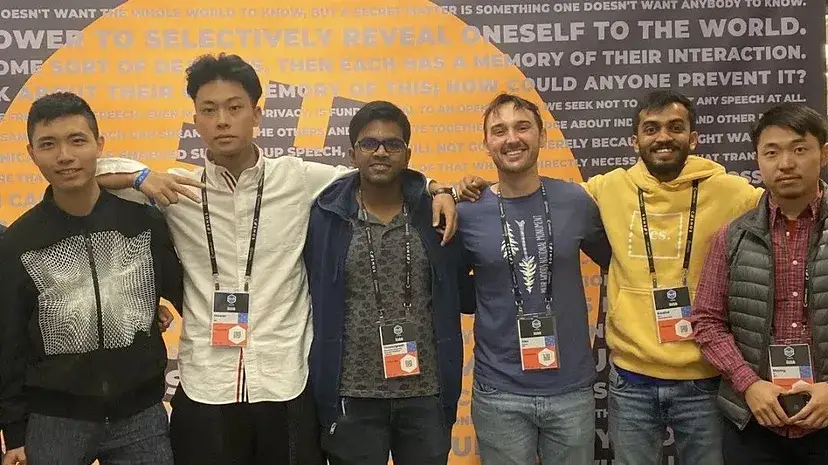
Source: Blockchain@USC
When I was looking for EthSign partners, many of my contacts were made through people in this community. When EthSign was relatively mature, we invited many EthSign investors and partners to come to USC to share their experiences, including Jason Ma, Draper Associates, Avax, and others.
I was only the initiator and developer of the community. The group has grown to its current size because of the dedication of the other members of Blockchain@USC. I would also like to thank our advisor, Albert Ho, for his great contribution to the club.

Moonshot Commons:
How did you start EthSign? What can you share about your experience in starting a business in Web3?
Potter:
I met my first partner Yan Xin (CEO) when I interned at Fundamental Labs during my freshman year. He helped the fund pitch into projects like Coinbase, Polkadot, etc., and made a name for himself in the community.
After I returned to the US, in one of the first blockchain classes at USC, I met my technical partner Jack Xu (CTO), who was a student at the time and is now one of the youngest instructors at USC, teaching the next batch of talented smart contract engineers. The three of us have been working on EthSign since late 2019. In the initial stages of the company, we didn’t get financing for a whole year and had to pay the engineers out of our own pockets. Then we started to polish our product by participating in successive hackathons. In 2020, we participated in HackFS, followed by HackMoney and DoraHacks in early 2021, which gradually attracted the attention of investment firms. In the same year, the EthSign team also began working on the project. In the same year, EthSign’s team was gradually expanding, so here’s a shout-out to our young but energetic team, WAGMI!

Yan Xin, Potter Li, and Jack Xu, Source: AccessPath
Some advice for Gen Z entrepreneurs: I think you can do a lot to prepare for Web3 while in school, such as using Medium, Twitter, and Discord community, and exploring new things through these information channels. I also went through such a process at the beginning. Whether you want to invest in Web3 or start your own business afterward, I think it is necessary to figure out the ecology first.
And I think the Web3 industry is actually a good fit for Gen Z. Because this industry has only existed for 13 or 14 years. Compared to many traditional industries that have existed for decades or even hundreds of years, its history is much shorter. This gives us young people more opportunities to learn and to make it better.

Explore diverse Web3 information resources on Medium, Twitter, Discord, etc. Source: Google Images
Moonshot Commons:
Tell us more about EthSign and how it differs from just a Web3 DocuSign.
Potter:
When you hear the name EthSign, for the first time you may think that is an Ethereum-based DocuSign. In fact, DocuSign is still essentially a PDF document signature, while EthSign’s signature is directly connected to the Ether. It is a decentralized PDF contract and also a smart contract. We also found the current roadmap through continuous iteration.
We did start as a decentralized version of an e-signature platform, but we quickly realized that it wasn’t at its full potential.
EthSign would rather be a platform for protocol execution, with smart contracts that allow protocols to be executed automatically when certain conditions are met.
Its main application scenarios in the future will be one for investment and financing transactions and one for the decentralized depository.
What we want to do is a smart agreement. Finding a data source or API, say an asset, by monitoring the data, the smart contract will be executed automatically once the previously specified trigger conditions are reached.
The significance of it is that it provides a decentralized propagation service that can enable a platform that does not require a third party to execute the agreement.
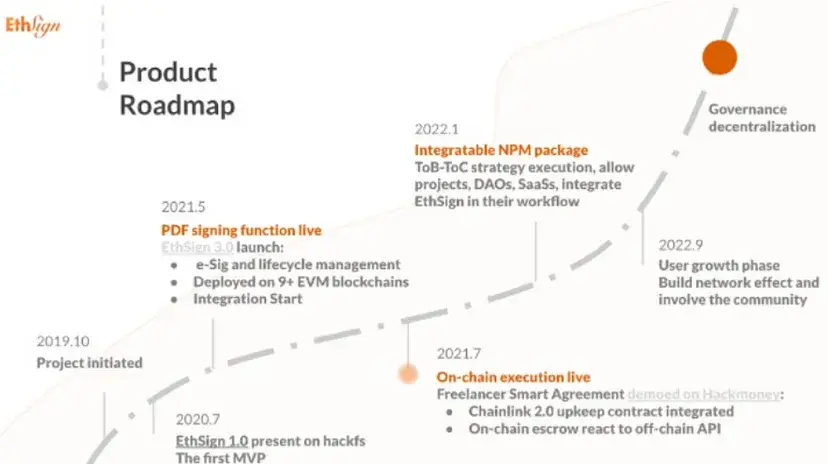
EthSign’s Product Roadmap, Source: EthSign
For example, it can provide an execution method for some of the betting agreements in the market, which we think is a very interesting emerging technology. In the future, smart protocol applications can also be embedded into more practical application scenarios.
Last year, Balaji Srinivasan wrote an article called “The Mirrortable” and mentioned that the financing process of Web2 is now very fragmented, and people are using different CRMs and SaaS to manage the whole financing process. We need to use DocuSign to sign, use the bank to make the payment, and then use different systems to manage the option pool.
The product (Token Table) we made this year is a one-stop platform for investment and financing as well as post-investment management, and its functions include signing SAFE and SAFT, making money directly through the wallet address, and generating 1:1 mirror assets on the chain. Then in the future, according to how many mirror tokens are on everyone’s address, when the project owner issues coins, they can allocate the tokens by putting the coins into a liquidity pool, which will make the whole process very smart.
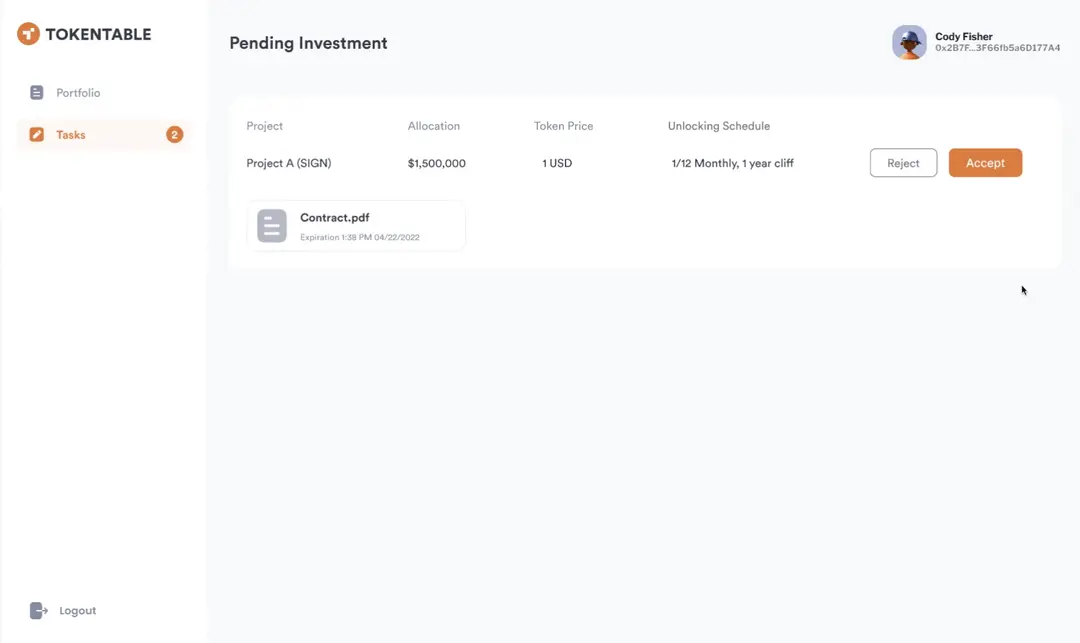
EthSign Token Table’s Investor Features, Source: EthSign
First of all, I would like to give you a brief introduction to the current Web3 investment interface.
The common investment and financing structure of Web3 is mainly two: one is SAFE (+ Token Warrant), and the other is SAFT.
They are both essentially simple agreements for future equity, drafted by YC (Y Combinator) in 2011. After more people used them, YC worked with many law firms and related leaders to develop the SAFE rule. SAFT is used more outside of the US because the SEC considers it a security and does not allow SAFTs in the US.
EthSign’s smart contract is making new rules, which can be understood as SAFE2.0 or SAFT2.0, a set of smarter protocol solutions. By signing an agreement, users are making a payment, generating on-chain assets, and making a series of future terms. We think this entry point is interesting and can practically solve this drawback in the industry.
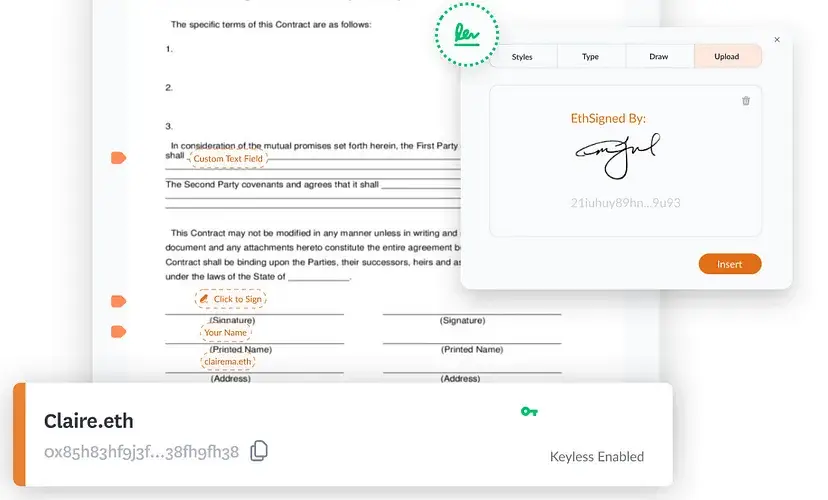
Smart Contract Demo at EthSign, Source: EthSign
We’ve been fortunate enough to have several of the world’s top law firms trying to develop the next generation of SAFE and SAFT and embed it into our product. So, what we are trying to do is not just an investment and financing tool, but to disrupt all the legal contracts of the past. It has a wide range of application scenarios in the future, such as helping project parties manage the money raised, how to better allocate tokens, and so on.
We can see that many big traditional funds, led by Sequoia, Softbank, Tiger Global, and A16Z, have all invested heavily in Web 3 in the past few years without exception. If this becomes a trend, will the money raised by project owners be in fiat or stable currency? Companies can’t keep all the money they raise in their wallets, and it’s important to manage how you raise it. For example, in Web2, you can deposit money in the bank to earn interest or make some investment, but in the Web3 world, it is difficult to operate, and many infrastructures are waiting for us to be built and improved. In the Web3 world, although we all “live” on the Internet, we still need to eat, sleep and buy clothes in real life.
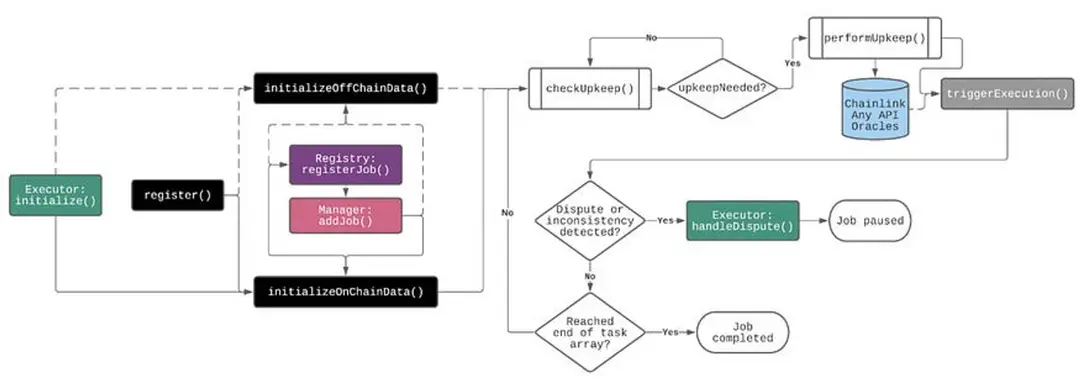
EthSign utilizes smart contracts for financial infrastructure and automated contract execution. Source: EthSign
How do we make the digital interface from crypto to fiat? We are exploring this. We are in the process of exchanging ideas with Diners Club Singapore, which is issuing Crypto Fiat Credit Cards in Singapore, meaning that they can bind their digital assets into a smart contract. For example, after the project owner has raised money, they can put part of the money into a smart pool or co-managed wallet, and the credit card company can provide a certain amount of collateral to the company’s fiat credit by having the ability to execute the pool. In this way, the project owner will not have to worry about how to turn the stable coins into US dollars, how to go OTC, and how to manage money, all of which we can solve step by step in the future.
In the future, we may cooperate with BitDAO, Diners Club, Circle, and link with Fireblocks and MetaMask. The ecosystem will be built together.
We think what we do can really help future Web3 entrepreneurs, investors, and employees to better manage cap tables, assets management, Payroll, ESOPS, etc.
Of course, we have a long way to go.

Moonshot Commons:
What are some interesting stories you’ve encountered while getting funded? Any insights you can share?
Potter:
Financing is also a process for us to learn and improve. I met Tim in Singapore last November. He was an executive at VISA, AMAX, and an early advisor to Alipay and Google Pay. He has over 20 years of experience in the Fintech industry and built the early credit card system. His contribution to EthSign is a big boost to EthSign’s future in terms of payment, product design, and team operations.
When we were raising capital, most of the time, we did not contact investors by cold reach on the Internet, which I think is inefficient. Of course, if you have no other way, when financing a startup, you have to do so by sending direct messages on Twitter or Linkedin. But I think the more spontaneous funding opportunities are at the large Crypto events, like ETHDenver 2022, where you can easily meet potential investors and partners. Before ETHDenver 2022, we didn’t really know many US investors well, but through this event, we met Hack VC and dao5. Through their years of experience in the crypto space, they quickly understood the shape EthSign wanted to take in the future and its prospects.

A large Crypto event like ETHDenver 2022 is a great opportunity to find investors, Source: CryptoNews
An ideal investor is not just someone who you want to build a monetary relationship with; they can be a friend who really cares about what you are doing and believes in your vision.
After they help you construct your idea, they can also support you step by step to execute and build connections. We’ve met a lot of great investors in the US, Europe, Southeast Asia, China, and Singapore in this round of funding, and I’m personally grateful for their support at every stage of EthSign’s journey.
While we kept on iterating, we also showed our investors that we are a company that is serious about what we do and not just chasing hot topics. We didn’t give up during the downturn and kept going, which I think is one of the reasons we gained the trust of our investors.
Moonshot Commons:
How do you overcome the stress caused by the age or experience gap when negotiating with large companies?
Potter:
I think we are all human regardless of age and seniority. There are just some perceived differences caused by different experiences, so some older investors may not want to talk to young entrepreneurs. There is no fixed solution to these problems, I can only offer some suggestions to stimulate people’s thinking.
Personally, I love to make new friends. I attended five crypto summits between my junior and senior years of college. I’m willing to go to all kinds of events and meet a lot of people because I can learn from talking with different people and discovering my blind spots in knowledge.
In fact, I want to do crypto because there is relatively little hierarchy in the crypto field.
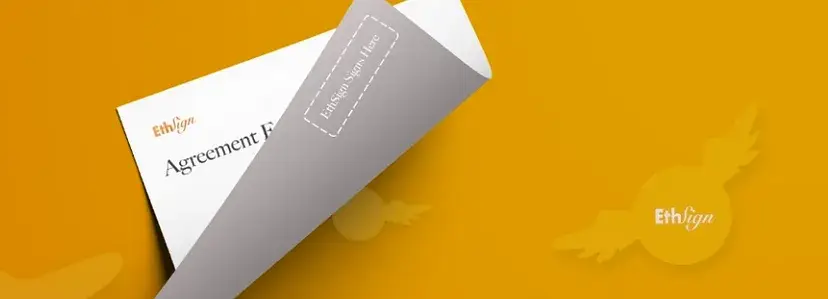
“Welcome to the Revolution”, Source: EthSign
Web3 is a relatively new industry as it is only 13 years old, unlike traditional investment banking and stock industries that have existed for hundreds of years and have set up a very strict system. As a college student, it’s hard to socialize at investment banking events because they simply won’t care about you. But in the crypto space, everyone is a newbie. I don’t even dare to say I know crypto, because every day Web3 has new projects and technologies. If I don’t follow up in a month, I won’t be able to keep up with the times. This theory works for me, but also for these seniors.
So like you said, the big-name investors are actually learning new things and trying to see the future trends of Web3. If an investor sees a trend, they will allocate their assets to the fast-growing industries of the future. They need to follow the head of the track, then what we need to do is to become the head of the track.
Of course, to do this, we all still need to be on the ground step by step. To do a project, timing is important, and there is no standard process to build any company. So any project and startup have its vitality and uniqueness, and that’s what makes us excited, isn’t it?
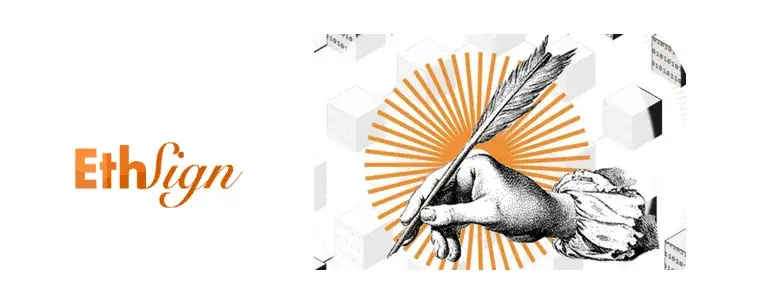
Source: EthSign
